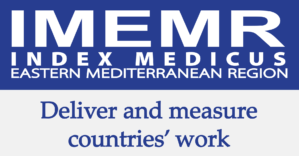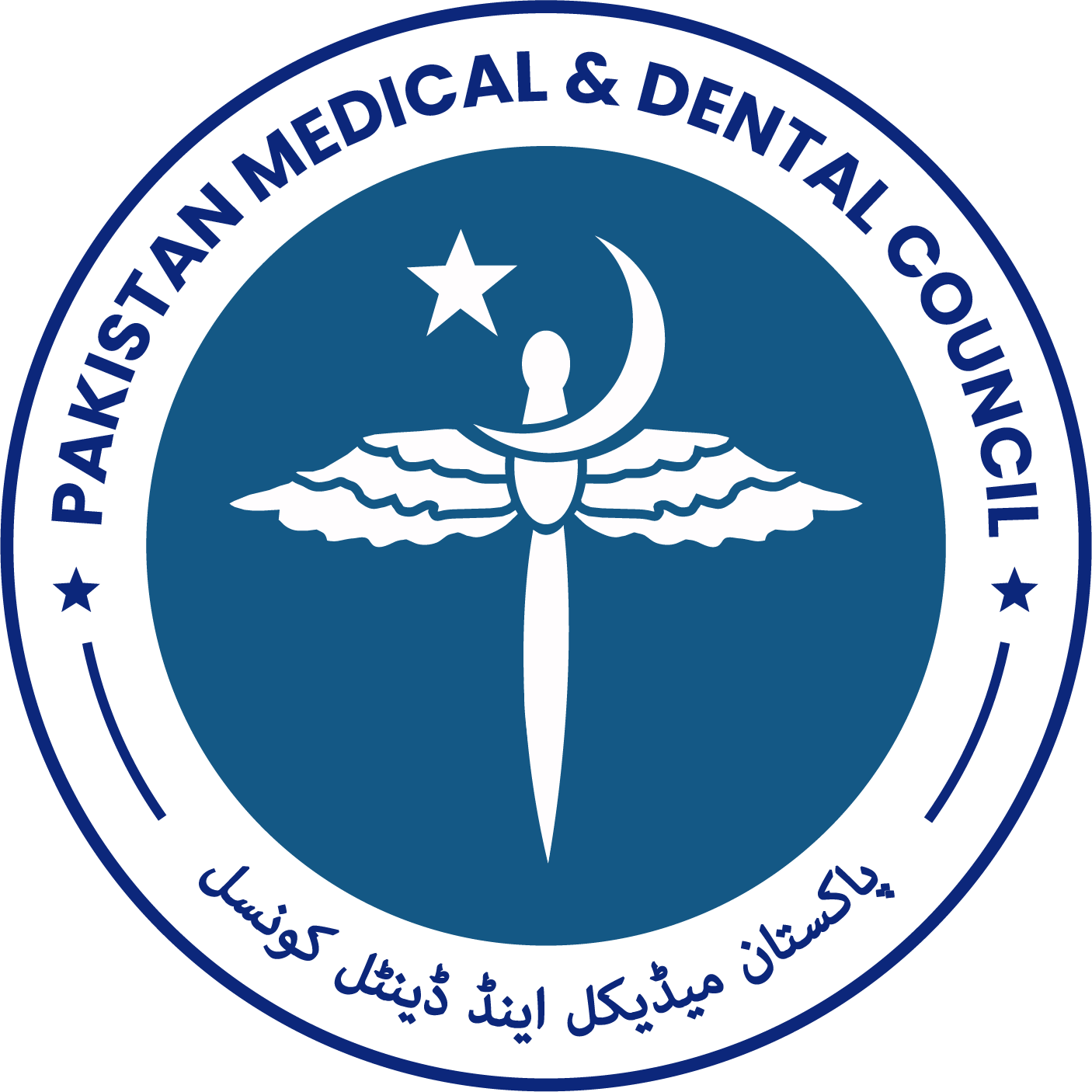Non-Contrast Enhanced Magnetic Resonance Venography Using the Fast Imaging Employing Steady-State Acquisition (FIESTA) Pulse Sequence in Preoperative Evaluation of Liver Donors: Can it Replace CT Venography?
DOI:
https://doi.org/10.53685/jshmdc.v4i1.140Keywords:
FIESTA, CT venography, Liver donors, Accessory inferior right hepatic vein, Portal vein, Middle hepatic vein tributariesAbstract
Background: Liver transplantation has now become the preferred treatment for patients with liver failure. Pre-operative assessment of hepatic/portal vein anatomy of donors is necessary for which CT venography is most commonly used but it exposes the donors to huge radiation burden. To avoid this, non-contrast MR venography is the most preferred alternative for evaluation of veins.
Objective: To determine diagnostic yield of magnetic resonance venography using Fast Imaging Employing Steady-State Acquisition (FIESTA) pulse sequence in comparison to computed tomography venography for the determination of portal/hepatic venous anatomy of potential liver donors.
Methods: Retrospective study was conducted in which the venous phase CT scan and FIESTA (b-SSFP) sequence of 50 potential liver donors between 01-07-2021 and 30-11-2021 were reviewed. The hepatic and portal venous anatomy was reviewed. The assessment comprised the type of portal venous anatomy, the number of prominent tributaries from segment VIII and V of liver having diameter of 4mm or more emptying into the middle hepatic vein and the total number of accessory inferior right hepatic veins from segment VI and VII emptying into inferior vena cava (IVC).
Results: With 100% sensitivity and specificity, the FIESTA sequence precisely identified the portal vein anatomy, total number of accessory inferior right hepatic veins, and the total number of 4 mm thick tributaries from segment V and VIII draining into middle hepatic vein
Conclusion: We propose that magnetic resonance venography using FIESTA sequence can be used instead of CT venography to determine hepatic and portal vein anatomy of liver donors.
References
Santopaolo F, Lenci I, Milana M, Manzia TM, Baiocchi L. Liver transplantation for hepatocellular carcinoma: Where do we stand? World J Gastroenterol 2019; 25(21): 2591-2602. doi:10.3748/wjg.v25.i21.2591 DOI: https://doi.org/10.3748/wjg.v25.i21.2591
Aktas H, Ozer A, Yilmaz TU, Keceoglu S, Can MG, Emiroglu R. Liver transplantation for Budd-Chiari syndrome: A challenging but handable procedure. Asian J Surg. 2022; 45(7): 1396-1402. doi:10.1016/j.asjsur.2021. 09.007 DOI: https://doi.org/10.1016/j.asjsur.2021.09.007
Sahani D, Mehta A, Blake M, Prasad S, Harris G, Saini S. Preoperative hepatic vascular evaluation with CT and MR angiography: implications for surgery. Radiographics. 2004; 24(5): 1367-1380. doi: 10.1148/rg.245035224 DOI: https://doi.org/10.1148/rg.245035224
Vernuccio F, Whitney SA, Ravindra K, Marin D. CT and MR imaging evaluation of living liver donors. Abdom Radiol (NY). 2021; 46(1): 17-28. doi:10.1007/s00261-019-02385-6 DOI: https://doi.org/10.1007/s00261-019-02385-6
Liao CC, Chen MH, Yu CY, Tsang LC, Chen CL, Hsu HW, et al. Non-contrast-enhanced and contrast-enhanced magnetic resonance angiography in living donor liver vascular anatomy. Diagnostics (Basel). 2022; 12(2): 498. doi:10.3390/diagnostics1 2020498 DOI: https://doi.org/10.3390/diagnostics12020498
Schieda N, Isupov I, Chung A, Coffey N, Avruch L. Practical applications of balanced steady-state free-precession (bSSFP) imaging in the abdomen and pelvis. J Magn Reson Imaging. 2017; 45(1): 11-20. doi:10.1002/jmri.25336 DOI: https://doi.org/10.1002/jmri.25336
Carr JC, Nemcek AA Jr, Abecassis M, Blei A, Clarke L, Pereles FS, et al. Preoperative evaluation of the entire hepatic vasculature in living liver donors with use of contrast-enhanced MR angiography and true fast imaging with steady-state precession. J Vasc Interv Radiol. 2003; 14(4): 441-449. doi:10.1097/01.rvi.0000064853.87207.42. DOI: https://doi.org/10.1097/01.RVI.0000064853.87207.42
Sen A. Unconventional abdominal uses of FIESTA (CISS) sequence. Indian J Radiol Imaging. 2013; 23(4): 386-390. doi:10.4103/ 0971-3026.125588 DOI: https://doi.org/10.4103/0971-3026.125588
Gaudiano C, Busato F, Ferramosca E, Cecchelli C, Corcioni B, De Sanctis LB, et al. 3D FIESTA pulse sequence for assessing renal artery stenosis: is it a reliable application in unenhanced magnetic resonance angiography? Eur Radiol. 2014; 24(12): 3042-3050. doi:10.1007/s00330-014-3330-7. DOI: https://doi.org/10.1007/s00330-014-3330-7
Hasse FC, Selmi B, Albusaidi H, Mokry T, Mayer P, Rupp C, et al. Balanced steady-state free precession MRCP is a robust alternative to respiration-navigated 3D turbo-spin-echo MRCP. BMC Med Imaging. 2021; 21: 1-0. doi:10.1186/s12880-020-005 32-w DOI: https://doi.org/10.1186/s12880-020-00532-w
Balci D, Kirimker EO. Hepatic vein in living donor liver transplantation. Hepatobiliary Pancreat Dis Int. 2020;19(4): 318-323. doi:10.1016/j.hbpd.2020.07.002 DOI: https://doi.org/10.1016/j.hbpd.2020.07.002
Ogiso S, Okuno M, Shindoh J, Sakamoto Y, Mizuno T, Araki K, Goumard C, Nomi T, Ishii T, Uemoto S, Chun YS. Conceptual framework of middle hepatic vein anatomy as a roadmap for safe right hepatectomy. HPB. 2019; 21(1): 43-50. doi:10.1016/j.hpb. 2018.01.002 DOI: https://doi.org/10.1016/j.hpb.2018.01.002
Guo HJ, Wang K, Chen KC, Liu ZK, Al-Ameri A, Shen Y, et al. Middle hepatic vein reconstruction in adult right lobe living donor liver transplantation improves recipient survival. Hepatobiliary Pancreat Dis Int. 2019; 18(2): 125-131. doi:10.1016/j.hbpd. 2019.01.006. DOI: https://doi.org/10.1016/j.hbpd.2019.01.006
Tamsel S, Demirpolat G, Killi R, Aydın U, Kılıc M, Zeytunlu M, et al. Vascular complications after liver transplantation: evaluation with Doppler US. Abdom Imaging. 2007; 32: 339-347. doi:10.1007/s0 0261-006-9041-z. DOI: https://doi.org/10.1007/s00261-006-9041-z
Terayama M, Ito K, Takemura N, Inagaki F, Mihara F, Kokudo N. Preserving inferior right hepatic vein enabled bisegmentectomy 7 and 8 without venous congestion: a case report. Surg Case Rep. 2021; 7(1):101. doi: 1 0.1186/s40792-021-01184-w DOI: https://doi.org/10.1186/s40792-021-01184-w
Demyati K, Akbulut S, Cicek E, Dirican A, Koc C, Yilmaz S. Is right lobe liver graft without main right hepatic vein suitable for living donor liver transplantation? World J Hepatol. 2020; 12(7): 406-412. doi:10.4254 /wjh.v12.i7.406 DOI: https://doi.org/10.4254/wjh.v12.i7.406
Kuriyama N, Kazuaki G, Hayasaki A, Fujii T, Iizawa Y, Kato H, et al. Surgical procedures of portal vein reconstruction for recipients with portal vein thrombosis in adult-to-adult living donor liver transplantation. Transplant Proc. 2020; 52(6): 1802-1806. doi:10.1016/j.transproceed.2020.01.155. DOI: https://doi.org/10.1016/j.transproceed.2020.01.155
Ahmed A, Baig AH, Sharif MA, Ahmed U, Gururajan R. Role of accessory right inferior hepatic veins in evaluation of liver transplantation. Ann Clin Gastroenterol Hepatol. 2017; 1: 012-016. doi:10.29328/ journal.acgh.1001004 DOI: https://doi.org/10.29328/journal.acgh.1001004
Zhang J, Guo X, Qiao Q, Zhao J, Wang X. Anatomical study of the hepatic veins in segment 4 of the liver using three-dimensional visualization. Front Surg. 2021; 8: 702280. doi:10.3389/ fsurg.2021.702280 DOI: https://doi.org/10.3389/fsurg.2021.702280
Carneiro C, Brito J, Bilreiro C, Barros M, Bahia C, Santiago I, et al. All about portal vein: a pictorial display to anatomy, variants and physiopathology. Insights Imaging. 2019; 10(1): 38. doi:10.1186/s13244-019-0716-8. DOI: https://doi.org/10.1186/s13244-019-0716-8
Downloads
Published
How to Cite
Issue
Section
License
Copyright (c) 2023 Huma Hussain, Muhammad Salman Rafique, Sana Kundi, Tahir Malik, Bushra Bilal, kayenat khan

This work is licensed under a Creative Commons Attribution-NonCommercial 4.0 International License.
You are free to:
- Share — copy and redistribute the material in any medium or format
- Adapt — remix, transform, and build upon the material
- The licensor cannot revoke these freedoms as long as you follow the license terms.
Under the following terms:
-
Attribution — You must give appropriate credit, provide a link to the license, and indicate if changes were made. You may do so in any reasonable manner, but not in any way that suggests the licensor endorses you or your use.
-
Non Commercial — You may not use the material for commercial purposes.
-
No additional restrictions — You may not apply legal terms or technological measures that legally restrict others from doing anything the license permits.




















